Serial Breakthrough Innovators
Steve Jobs. Elon Musk. Benjamin Franklin.
So what do these “serial breakthrough innovators” have in common?
NYU Stern professor Melissa Schilling explores the answer to this question in her new book, Quirky, which examines the traits, foibles and genius of eight fascinating innovators who changed them world. Read more here.

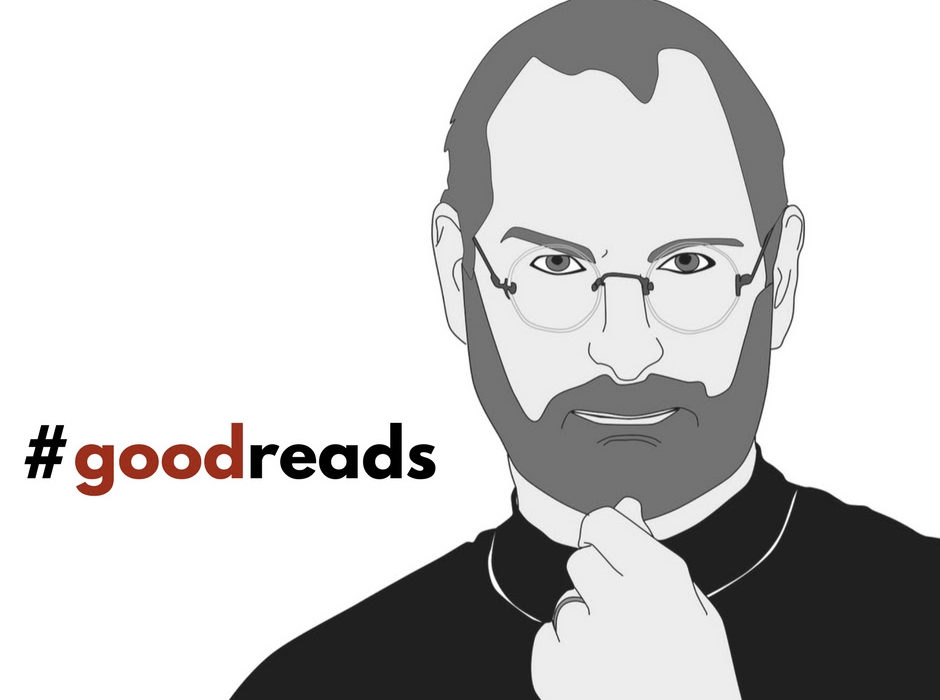
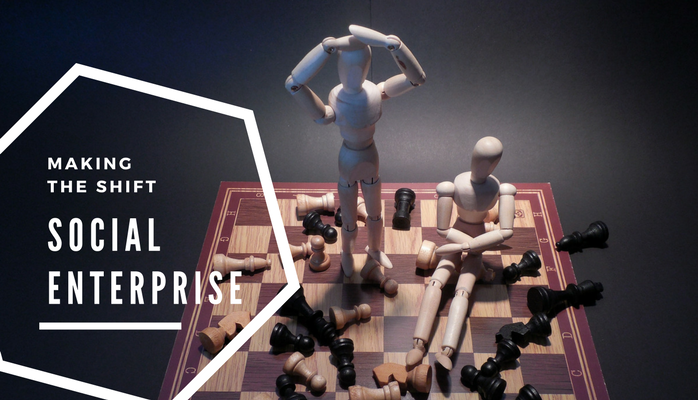
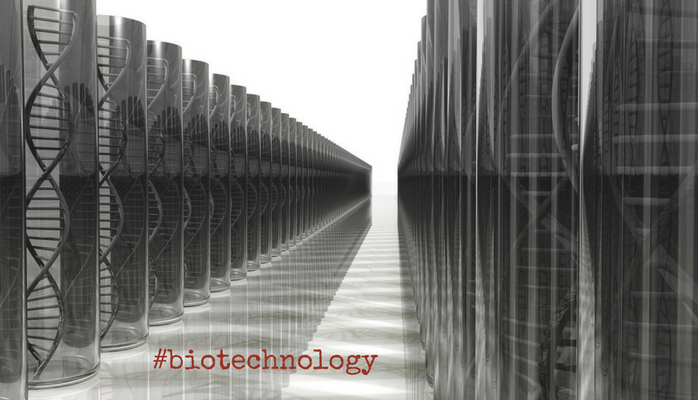
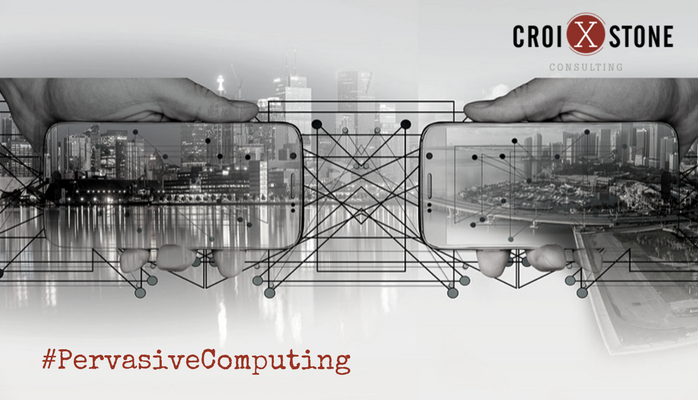

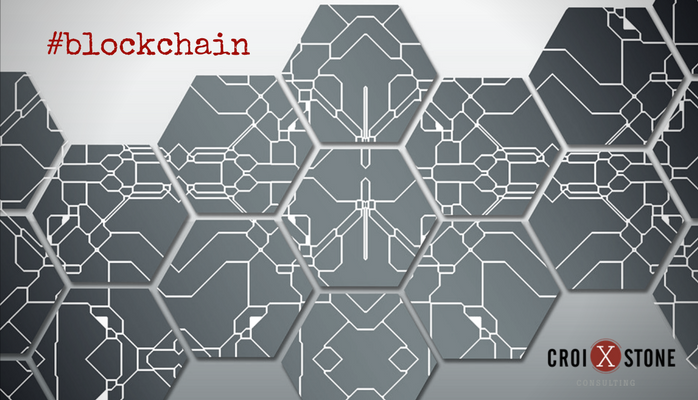




 In November 2017,
In November 2017, 
 Looking for a unique leather gift from a local company? Check out
Looking for a unique leather gift from a local company? Check out 